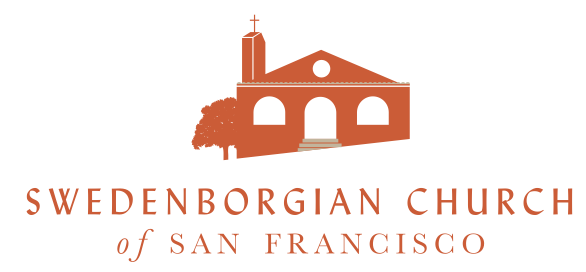They took palm branches and went out to meet him, shouting, “Hosanna!” “Blessed is he who comes in the name of the Lord!” “Blessed is the king of Israel!” -John 12:13
Dear members and friends,
The most noticeable feature of Palm Sunday is undeniably the palm branches. However, in the entire Bible we find only four references to palm branches associated with people. Its first appearance is in Leviticus 23:40, “On the first day you are to take branches from luxuriant trees—from palms, willows and other leafy trees—and rejoice before the Lord your God for seven days.” The occasion was the harvest festival. Next is in Nehemiah 8:15, which was the reenactment of the Leviticus 23:40. In the New Testament, the first appearance is in John 12:13, which is the scene of Jesus’ entry into Jerusalem as King. Then, we find it in Revelation 7:9, “They were wearing white robes and were holding palm branches in their hands.” “They” in Revelation 7:9 are the 144,000 chosen from the 12 tribes of Israel.
Among four Gospels, only John points out specifically that it was “palm branches” that people held in their hands when they were greeting Jesus entering into Jerusalem riding on a donkey. Other Gospels are not clear on what kind of tree branches they were. In fact, it is not at all clear why people held palm branches when welcoming Jesus. One possible explanation could be drawn from the references in Leviticus and Nehemiah that people intentionally gathered leafy branches, including palm branches, in celebration of the harvest on the seventh month. Leviticus specifically orders people to take those branches and rejoice before the Lord God for seven days. This was their expression of thanks to the Lord for a good harvest because their lives depended on it. It is not exactly the same, but the people came out with palms or leafy branches expressing their extreme joy when Jesus entered Jerusalem riding on the donkey. This was perhaps their way of expressing hope and expectation that their king will liberate them from the oppression of Romans. In both cases, we can see that palm branches had symbolic meaning of expressing joy the thankfulness to God.
According to Swedenborg, palm branches symbolize “spiritual goodness,” which are good actions done with pure intention and for the sake of others. When we are truly thankful to the Lord for what He has given us, the most appropriate way to express our thanks should be in joyfully loving and caring for our neighbors for their own sake. This could be one meaning of celebrating Palm Sunday.
Blessings, Rev. Junchol Lee
Artwork by Evans Yegon
